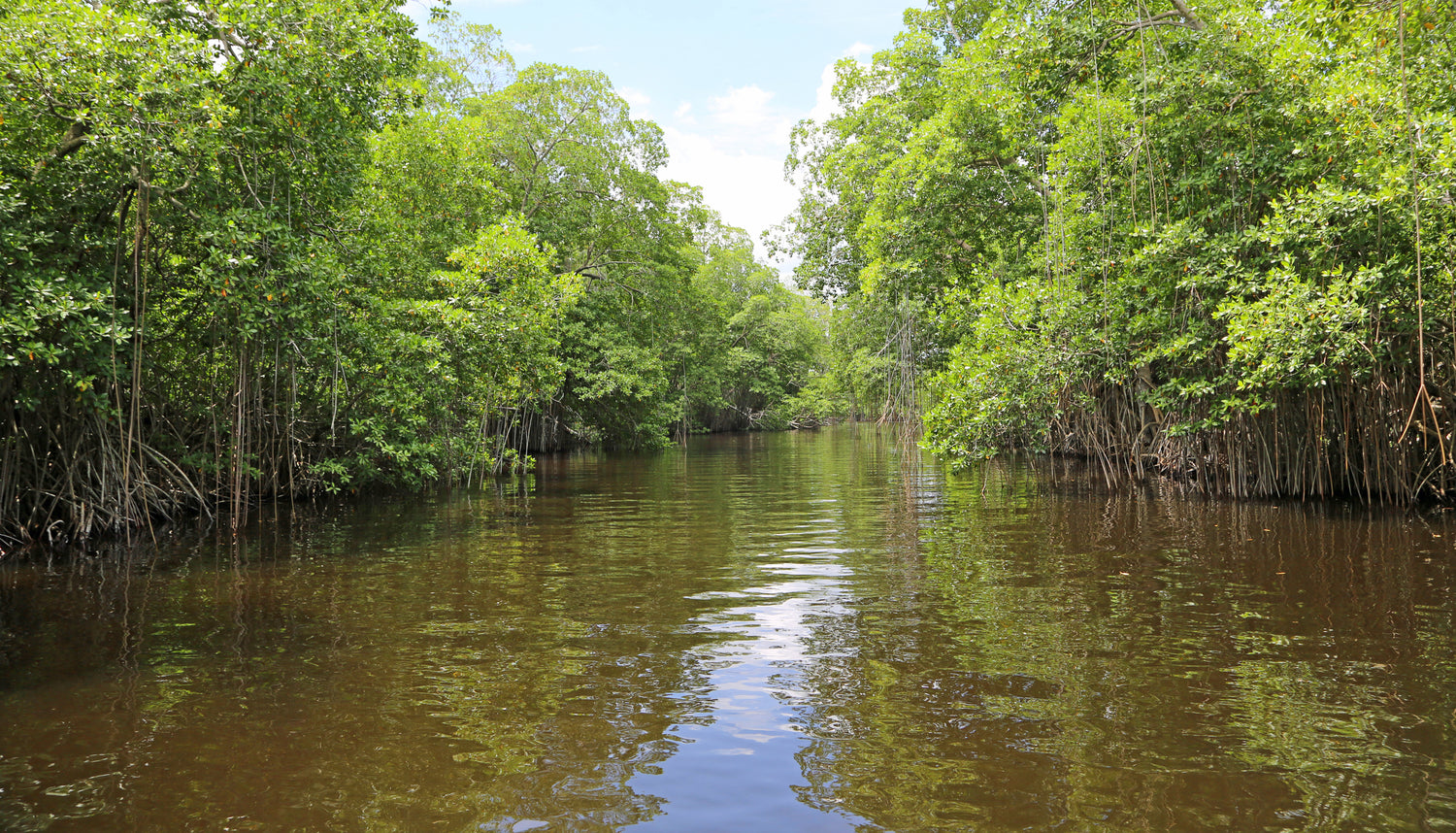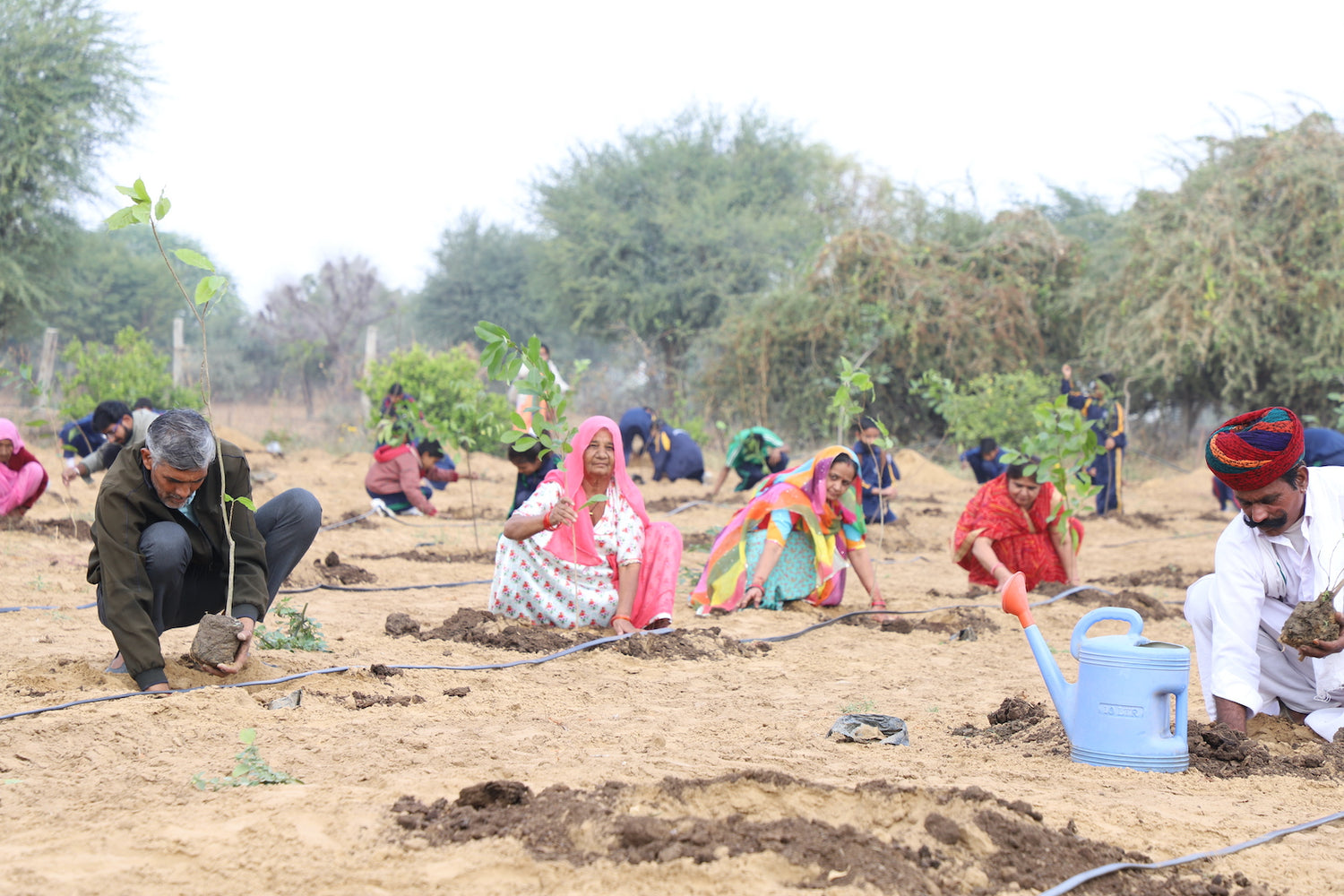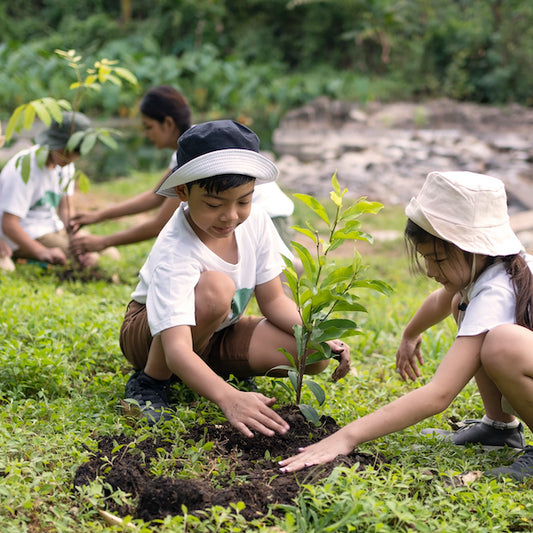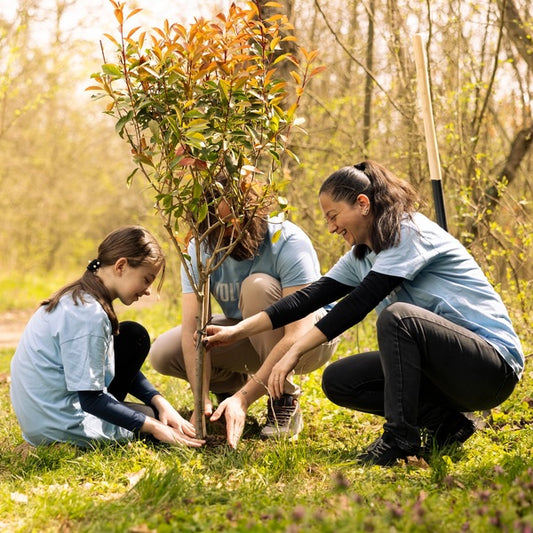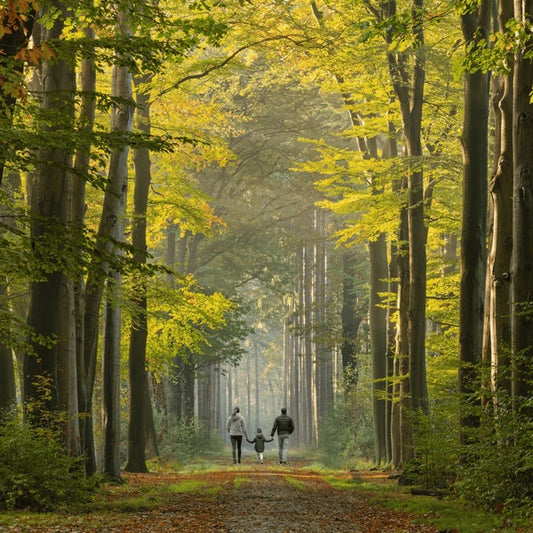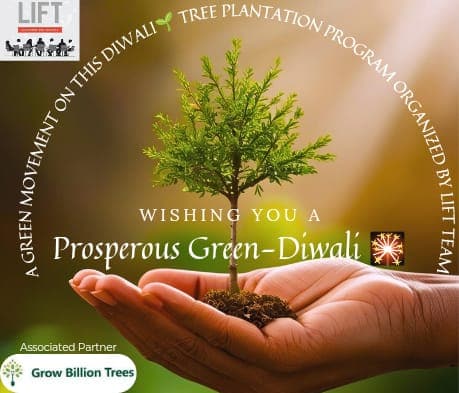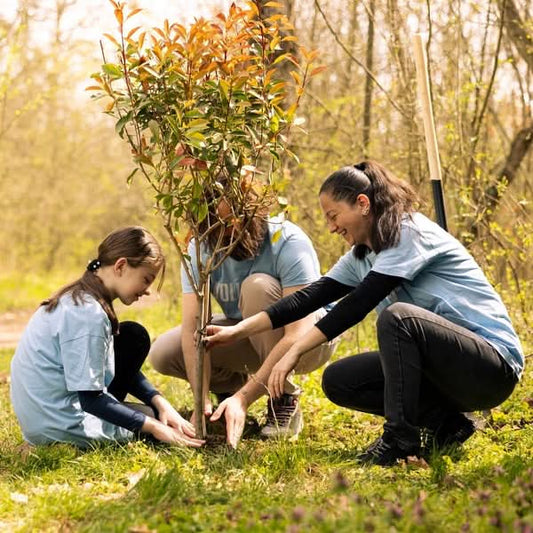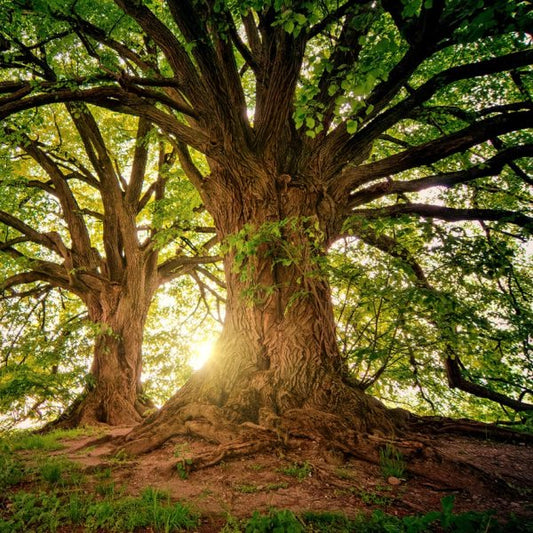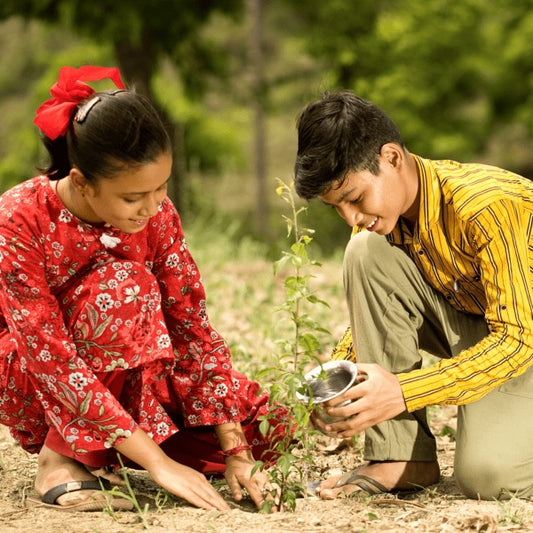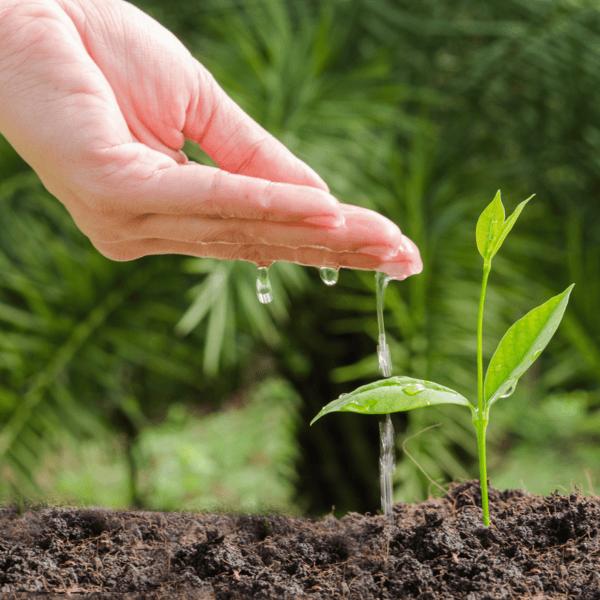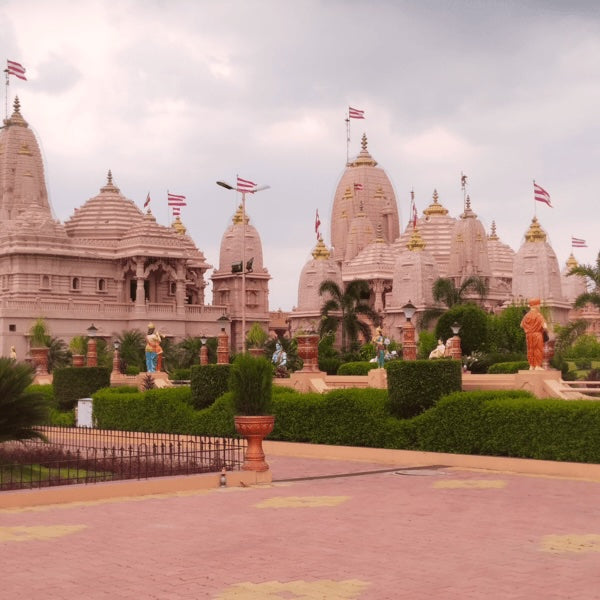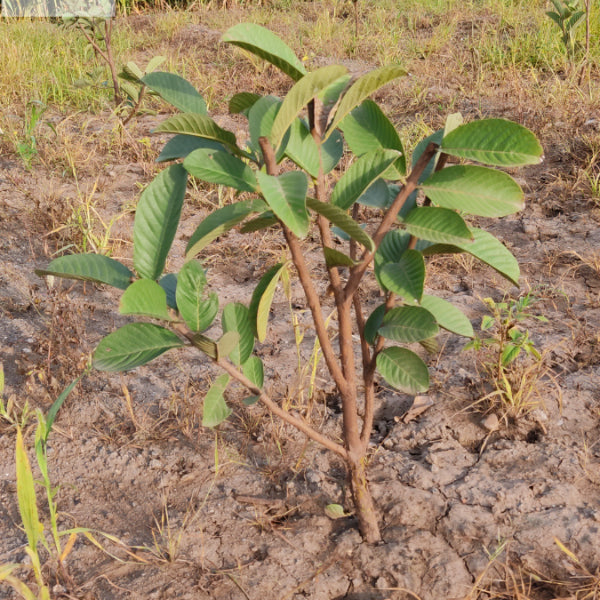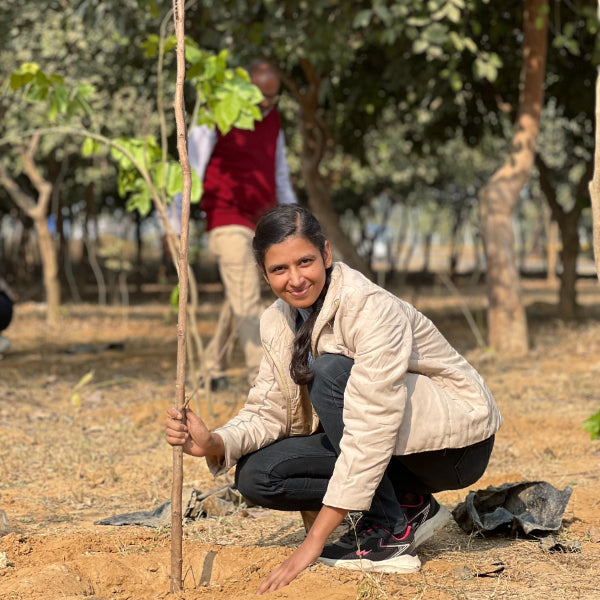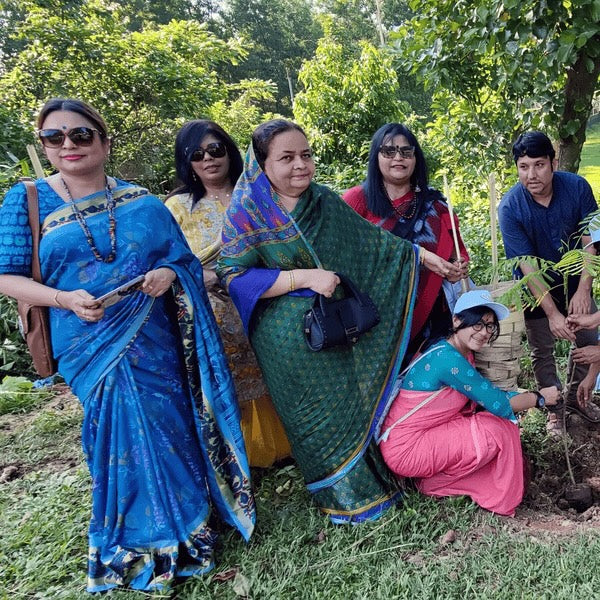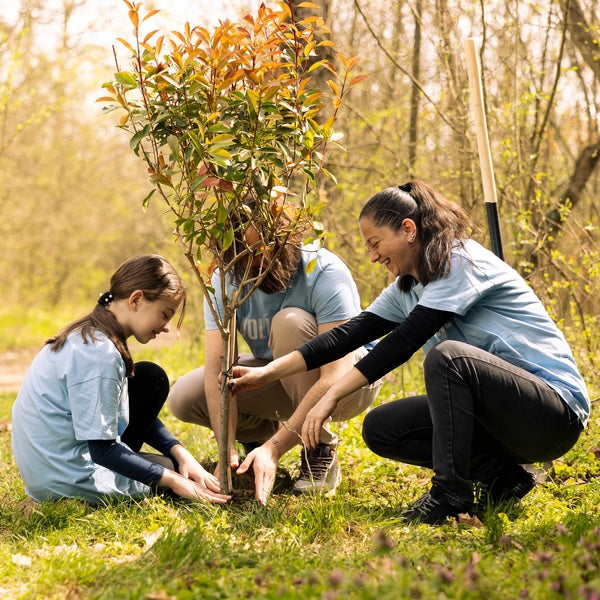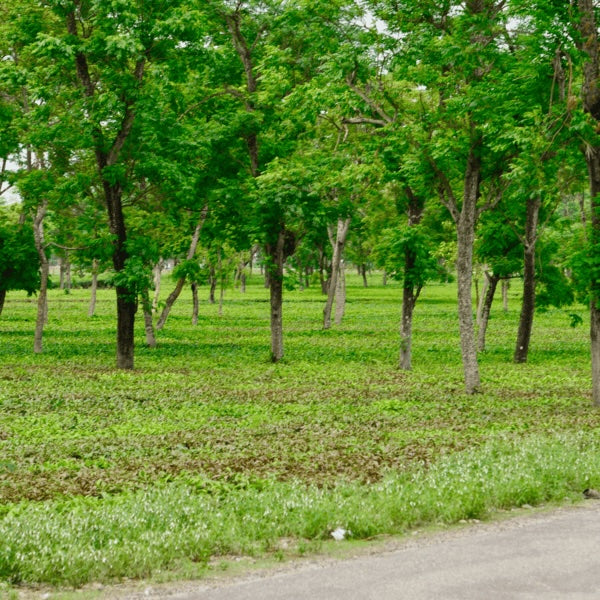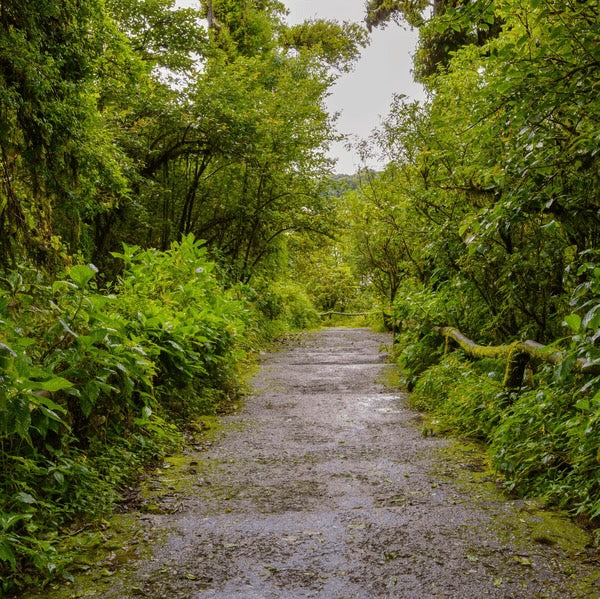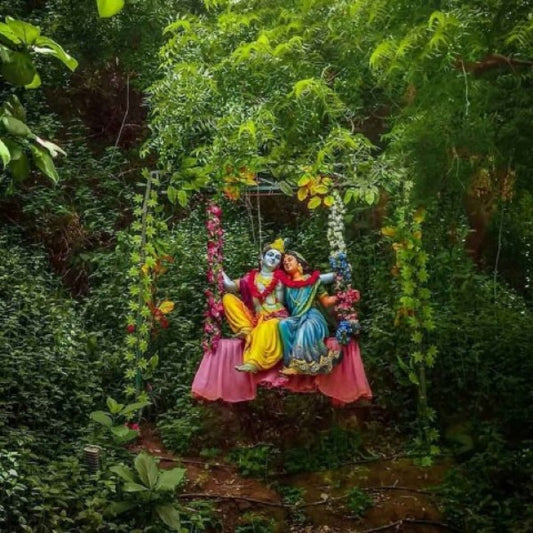Mangrove Chilika Edge: Lagoon Life in Green Fringes
Chilika Lake, the largest coastal lagoon in India, is a biodiversity hotspot that plays a crucial role in the ecological balance of the region. The ma Read more
Connect with us
-
👥 Corporates
If you are looking for:
- 🌲 Tree Plantation Events
- 📊 CSR Projects
📧 corporate@growbilliontrees.com
📞 +91 9699723523
💬 +91 9325931304 WhatsApp (Only)
🕒 Mon - Sat | 10am - 7pm IST
-
🧩 Tree Plantation NGOs
If you are looking for:
- 💰 Financial Assistance
- 🤝 Operational Support
📧 support@growbilliontrees.com
📞 +91 9699723523
💬 +91 9325931304 WhatsApp (Only)
🕒 Mon - Sat | 10am - 7pm IST
-
🌼 Individuals
If you are looking for:
- 👥 Group Tree Plantation Drive
- 🌳 Bulk Tree Plantation
📞 +91 9699723523
💬 +91 9325931304 WhatsApp (Only)
🕒 Mon - Sat | 10am - 7pm IST
Trending
Trees for Corporates
Mangrove Chilika Edge: Lagoon Life in Green Fringes
Chilika Lake, the largest coastal lagoon in India, is a biodiversity hotspot that plays a crucial role in the ecological balance of the region.
The mangrove forests that fringe this lagoon are not just a beautiful sight; they are vital for the environment, supporting a myriad of species and providing numerous ecosystem services.
In this article, we will explore the significance of the mangrove ecosystem in Chilika, its historical context, environmental impact, and the efforts of organizations like Grow Billion Trees Partners in promoting sustainable practices in this region.
The Importance of Mangroves 🌳
Mangroves are unique coastal ecosystems that thrive in saline environments, acting as a buffer between land and sea. They are characterized by their complex root systems, which provide stability to shorelines and reduce erosion.
Scientific Data on Mangrove Biodiversity 📊
Chilika's mangrove forests are home to over 200 species of flora and fauna, including:
- Fish Species: Over 150 species, including commercially important varieties like mullet and shrimp.
- Bird Species: A vital stopover for migratory birds, with more than 200 species recorded, including the endangered Black-tailed Godwit.
- Marine Life: The lagoon supports a rich diversity of marine life, including dolphins, crabs, and mollusks.
Historical Context 📜
The Chilika Lagoon has been a significant site for human habitation for centuries. Historically, it has supported local fishing communities, providing livelihoods and sustenance.
The mangroves have been revered in local culture, often associated with traditional practices and folklore. However, over the years, urbanization and industrialization have threatened these vital ecosystems.
Environmental Impact of Mangrove Loss 🌍
The degradation of mangrove forests has severe consequences for the environment:
- Loss of Biodiversity: The destruction of mangroves leads to habitat loss for numerous species, pushing them towards extinction.
- Climate Change: Mangroves act as carbon sinks, sequestering large amounts of CO2. Their loss contributes to increased greenhouse gas emissions.
- Coastal Vulnerability: Without mangroves, coastal areas become more susceptible to erosion, flooding, and the impacts of climate change.
Grow Billion Trees Partners: A Beacon of Hope 🌱
Grow Billion Trees Partners is an organization dedicated to restoring and conserving mangrove ecosystems in the Chilika region. Their initiatives focus on:
- Tree Planting: Collaborating with local communities to plant mangrove saplings, aiming to restore degraded areas.
- Awareness Campaigns: Educating the public about the importance of mangroves and the need for conservation.
- Research and Monitoring: Conducting scientific studies to monitor the health of mangrove ecosystems and their biodiversity.
Through these efforts, Grow Billion Trees Partners not only promotes environmental sustainability but also empowers local communities by providing them with alternative livelihoods and enhancing their resilience to climate change.
Fun Facts About Chilika Lagoon 🎉
- Chilika Lake is home to the Irrawaddy dolphin, a critically endangered species found only in a few places worldwide.
- The lagoon spans over 1,100 square kilometers, making it the second-largest brackish water lagoon in the world.
- Chilika is recognized as a Ramsar Wetland of International Importance, highlighting its ecological significance.
Conclusion 🌊
The mangrove ecosystems of Chilika Lagoon are invaluable for biodiversity, climate regulation, and coastal protection.
Organizations like Grow Billion Trees Partners are making significant strides in restoring these green fringes, ensuring that future generations can enjoy the ecological and cultural richness of this unique environment. By supporting such initiatives, we can all contribute to the preservation of our planet's precious ecosystems.
Join the movement to protect and restore mangroves in Chilika and beyond! 🌍💚
Mangrove Ecosystem
Welcome to the wild world of mangroves, where trees wear their roots like fashionable shoes and crabs strut around like they own the place. This ecosystem is a vibrant cocktail of biodiversity, where every sip reveals a new flavor of life. From the fish that play hide and seek among the roots to the birds that throw the best parties in the canopy, the mangrove ecosystem is nature's own version of a reality show—full of drama, intrigue, and unexpected twists.
Chilika Lake
Ah, Chilika Lake, the diva of lagoons! Spanning over 1,100 square kilometers, this brackish beauty is not just a body of water; it's a stage for migratory birds, a playground for dolphins, and a buffet for fish. With its shimmering surface and rich biodiversity, Chilika Lake is the ultimate destination for nature lovers and adventure seekers alike. Just remember, if you see a dolphin, don’t forget to wave—it's only polite!
Lagoon Biodiversity
Lagoon biodiversity is like a treasure chest overflowing with nature's finest gems. From colorful corals to elusive sea turtles, every nook and cranny of the lagoon is teeming with life. It’s a bustling marketplace where species trade survival tips and the latest gossip. The variety of flora and fauna here is so rich that even the most seasoned biologist would need a map and a snack to explore it all.
Eco-Tourism
Eco-tourism is the cool kid on the travel block, promoting sustainable adventures that don’t leave a carbon footprint the size of a dinosaur. Imagine exploring the lush mangroves while sipping on organic coconut water, all while knowing you’re helping preserve the environment. It’s like being a superhero, but instead of a cape, you wear sunscreen and a wide-brimmed hat.
Mangrove Conservation
Mangrove conservation is the unsung hero of environmental efforts, working tirelessly to protect these coastal guardians. Think of it as a superhero squad, fighting against climate change and habitat loss with the power of roots and resilience. Every conservation effort is like a high-five to Mother Nature, ensuring that future generations can enjoy the beauty and benefits of mangroves.
Wildlife Watching
Wildlife watching in the mangroves is like attending a nature-themed reality show where the contestants are all adorable and sometimes a bit quirky. From the majestic eagles soaring overhead to the cheeky monkeys swinging through the trees, every moment is a chance to witness the drama of life unfold. Just remember to keep your camera ready; you never know when a crab might decide to photobomb your shot!
Cultural Heritage
The cultural heritage surrounding the Chilika region is as rich as the biodiversity it hosts. Local communities have woven their traditions and stories into the very fabric of the lagoon life. From fishing techniques passed down through generations to vibrant festivals celebrating the bounty of the sea, the cultural tapestry here is a delightful blend of history and nature.
Sustainable Fishing
Sustainable fishing is the responsible cousin of traditional fishing, ensuring that we don’t empty the ocean’s pantry. It’s all about catching fish while keeping the ecosystem in check, like a well-balanced diet for the sea. With practices that respect the environment, sustainable fishing allows us to enjoy our seafood without guilt—because who wants to be the reason for a fishy drama?
Bird Watching
Bird watching in the mangroves is like attending a feathered fashion show, where every bird flaunts its unique plumage and personality. From the elegant herons to the flamboyant kingfishers, each species brings its own flair to the runway. Grab your binoculars and prepare for a day of spotting, because in this avian paradise, every bird is a star!
Mangrove Restoration
Mangrove restoration is the ultimate comeback story, where nature gets a second chance to shine. It’s like giving the environment a makeover, planting new trees and nurturing the old ones to create a thriving habitat once again. With every sapling planted, we’re not just restoring the mangroves; we’re also investing in a healthier planet for future generations.
Climate Resilience
Climate resilience in mangroves is like having a built-in life jacket for the planet. These coastal wonders act as natural barriers against storms and rising sea levels, protecting both wildlife and human communities. It’s nature’s way of saying, “I’ve got your back!” So, while we may be battling climate change, the mangroves are here, standing tall and rooted, ready to face the storm.
You may like
Corporate Plantations
FAQ
What is Mangrove Chilika Edge?
A magical realm where lush mangroves meet the shimmering waters of Chilika Lagoon, creating a vibrant ecosystem. It's like nature's own theme park, where every tree has a story and every wave whispers secrets.
Why should I visit Chilika Lagoon?
It’s a paradise for birdwatchers, nature lovers, and anyone who enjoys a good selfie with a backdrop of stunning greenery and wildlife.
What wildlife can I see in the lagoon?
Expect to meet a cast of characters, from playful dolphins to majestic migratory birds. It’s like a wildlife reality show, where every day brings new drama and delightful surprises.
How do mangroves benefit the environment?
Mangroves are nature’s superheroes! They protect coastlines, filter pollutants, and provide a cozy home for countless species. Plus, they’re excellent at carbon storage, making them the unsung champions of climate change mitigation.
Can I participate in eco-tourism activities?
Absolutely! Join us for eco-friendly adventures like birdwatching, kayaking, and guided nature walks. It’s a guilt-free way to enjoy nature while giving back to the environment.
What’s the best time to visit?
The best time to visit is between November and February when the weather is pleasant and migratory birds flock to the lagoon. It’s like nature’s own festival, and you’re invited!
Are there accommodations nearby?
Yes, there are various options, from cozy homestays to luxurious resorts. You can choose your own adventure, whether you prefer rustic charm or modern comfort.
How can I contribute to mangrove conservation?
You can plant trees, support local conservation efforts, or simply spread the word about the importance of mangroves. Every little action counts, and together we can grow a greener future!
Is it safe for families?
Absolutely! Mangrove Chilika Edge is a family-friendly destination where kids can explore nature safely. Just keep an eye on them; nature has a way of sparking curiosity!
What should I pack for my visit?
Don’t forget your sense of adventure! Pack comfortable shoes, sunscreen, binoculars for birdwatching, and a camera to capture the stunning scenery.
Can I learn about local culture?
Yes! Engage with local communities and discover their rich traditions and lifestyles. It’s a cultural buffet where you can savor the flavors of the region while learning about its heritage.
How does Grow Billion Trees support mangrove conservation?
We’re on a mission to plant trees and restore mangrove ecosystems. By supporting us, you’re not just visiting; you’re becoming part of a larger movement to protect our planet.

